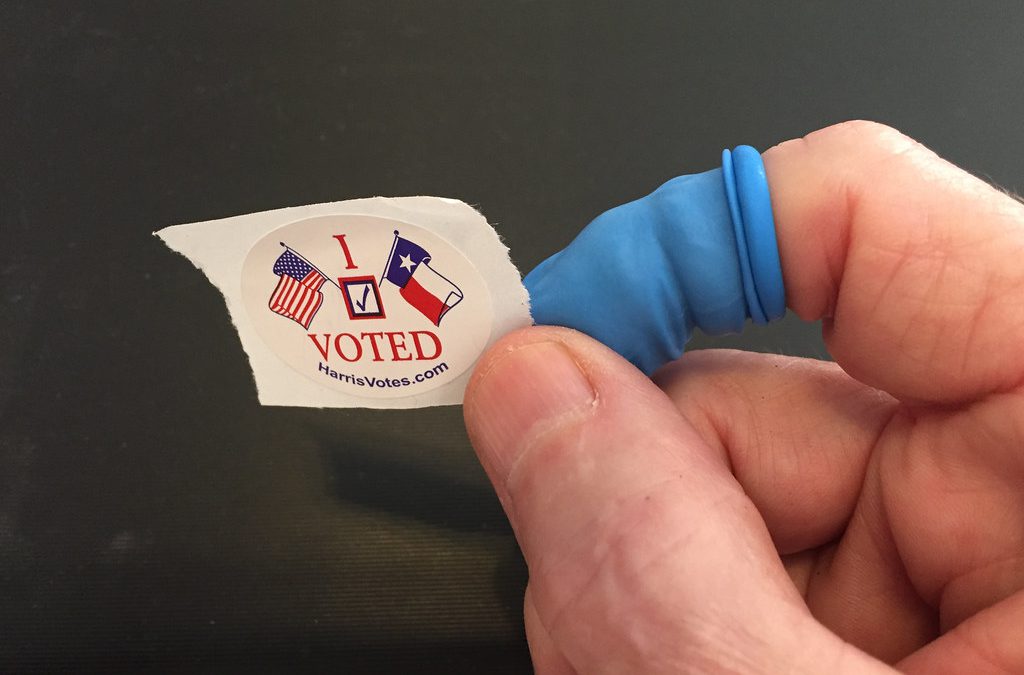WASHINGTON — With over 92 million Americans choosing to vote ahead of Election Day, the total number of early votes in this election has already surpassed two-thirds of all votes in 2016. This number, which is likely to continue growing before Tuesday’s votes, is twice as many early ballots cast in 2016 and 40% of the 2020 American electorate.
One of the reasons behind this record number is the surge in early voters in key states like Texas, which some experts are now calling a toss-up rather than its usual red-state status. By Friday morning, the more than 9 million people who had voted early there surpassed the state’s 2016 total turnout, when 8.96 million Texans cast ballots.
In battleground states such as Florida and Georgia, minority voters bumped up early voting numbers. In Georgia, more than 1 million Black voters had voted early when the polls closed on Friday, up from 712,000 in 2016. In Florida, more than 60% of the total electorate had already voted as of Sunday.
Back in September, six in 10 Americans indicated that they hoped to cast their votes ahead of Election Day, according to a Washington Post-University of Maryland poll. With many states extending the early voting period and easing regulations due to the coronavirus pandemic, voting early has become more convenient for many Americans.
However, with more people opting for the early voting option, new challenges arise. Many states do not allow absentee ballots to be counted ahead of Election Day, and others may not be prepared to deal with the influx of mail-in ballots. Richard Hasen, an election law professor at the University of California, Irvine, said that he is mostly concerned about swing states such as Pennsylvania, and to a lesser extent Michigan and Wisconsin, when it comes to these issues. Hasen noted that these are states that have registered a surge in mail-in balloting this year, despite not allowing early processing of absentee ballots.
“These were close states in 2016 and if they are close again in 2020, we could see a delay in getting election results,” Hasen said. “It is also important to note that because supporters of Trump and Biden are voting in different ways, we could see wild swings as vote totals are announced. We might even see Trump try to claim victory based upon early partial returns of absentee ballots.”
Other specialists believe that at the end of the day, whether Americans will know the results of the election by Tuesday night will depend on the voting margin in specific swing states. John Fortier, director of governmental studies at the Bipartisan Policy Center, said that although Americans do not necessarily expect they will know the results on Election Night, he thinks “sometimes that message has gone a little too far.”
“What we’re going to see is that there are some states that are going to be slower,” Fortier, the author of Absentee and Early Voting: Trends, Promises and Perils. “And it’s going to depend on the margin. So if the margin is reasonably large, it is possible that the candidate will have not only some, but enough states called to add to 270 Electoral College (delegates).”

